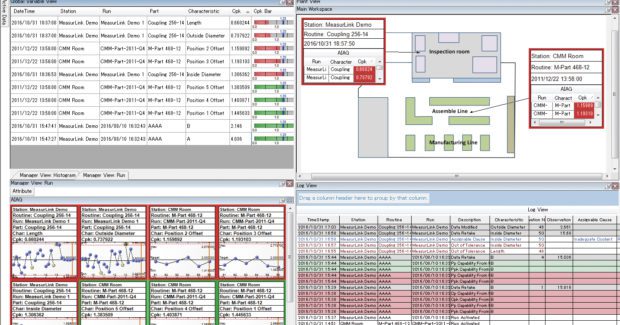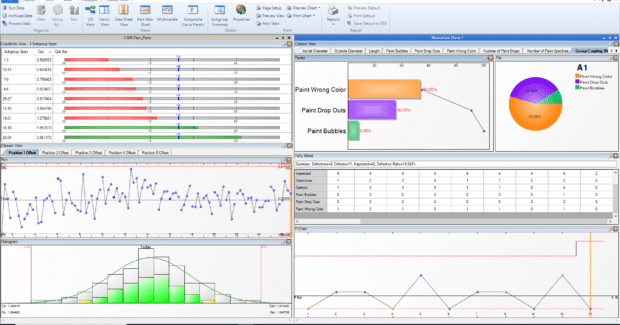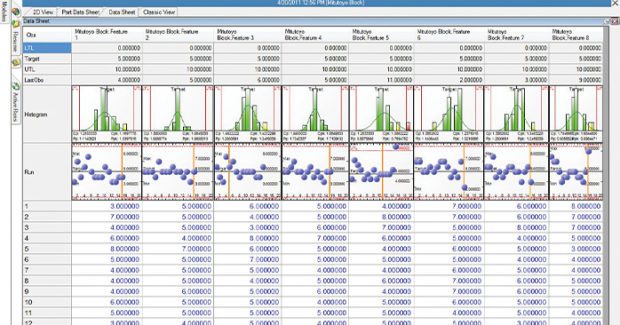Digitizing Gaging and Instrumentation Measurement Data
Digital data acquisition ensures your team will make more informed, actionable decisions faster.
Posted: August 23, 2022
Putting pencil to notebook paper has long been the traditional way to gather gauging and instrumentation measurement data on the shop floor. Handwritten data is then usually typed into computer spreadsheet software, such as Microsoft® Excel®, from which data is reviewed, used for reports, or retained for several years. Not surprisingly, these manual processes are slow and cumbersome with a high probability of human error. But like most things in life, gaging and instrumentation measurement has gone digital, making the entire process better, faster, and more cost-effective, while providing many new, exciting capabilities.
Easier Data acquisition and Immediate Visualization
Digital data acquisition is beneficial because it is simply more efficient and accurate to collect data automatically versus manual methods. Digitized data is easily visualized, making it far impactful and meaningful than just reading numbers on a spreadsheet. When you can instantly visualize what the numbers mean, in the form of a run chart or histogram, for example, operators, engineers and executives can make more informed, actionable decisions faster.
Going digital also makes it faster and easier to gather and analyze large volumes of data from multiple points across the shop floor. In terms of manufacturing, this speed to visualization is important because it can quickly provide insights that have the potential to improve quality control and streamline the manufacturing process, the goal for any manufacturer.
Gathering Data from the Shop Floor
Operators on the shop floor now have options to use wired, RF or Bluetooth-enabled tools and gages, which automatically capture and send measurement data in real-time to a dedicated quality data management software program with just the touch of a button. Beyond simply capturing numbers, these digital devices automatically plot data points on charts in real-time, not only for part inspection and measurement, but also for logging shop wide traceability data that support quality control analysis.
For example, users can visualize and review shop wide data to analyze part defect ratios based on shift, operator, machine, and other factors, and then address any quality issues quickly to reduce rejected parts and manufacturing waste. Once data is digitized, users can attach images, add graphs, or export raw measurement data to templates to generate higher quality reports faster and easier.
Breaking Down Barriers to Adoption
In contrast, going fully digital can positively impact on the bottom line by improving quality, reducing manufacturing waste, and boosting return on investment for medium to large companies, especially those that mass produces the same precision parts, such as automotive, aerospace, and medical device manufacturers. For example, real-time automated data collection and the use of quality data management software can help manufacturers in these industries ensure an accurate and increased product flow without incurring costs to hire additional inspection teams. In addition, an all-digital solution has been shown to reduce part rejection rates while increasing shop productivity, resulting in significant cost savings related to quality control and reduced waste.
The Future of Digital Data Sharing
The adoption of digital data acquisition technology is growing as more manufacturers discover its data analysis and real-time visualization capabilities. As this technology continues to evolve, interoperability of digital data acquisition hardware with different brands and types of data quality management systems — on-site or in the cloud — will improve. This will be a key driver for more data sharing across internal departments, brands, and supply chain partners, opening even more possibilities for quality and process improvement.
Subscribe to learn the latest in manufacturing.












